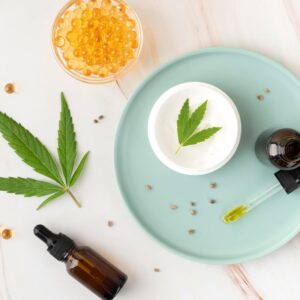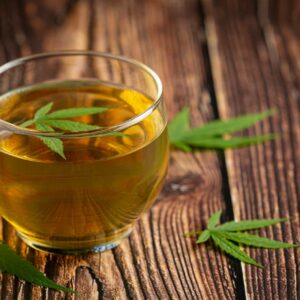Marijuana has been used for medicinal purposes for centuries, and with the legalization of marijuana in many states, more and more people are turning to this plant as a treatment option for a variety of conditions and symptoms. However, with so many strains and forms of marijuana available, it can be overwhelming to know how much to take and when. In this blog post, we will discuss proper marijuana dosage and titration for different routes of administration, with an emphasis on using the smallest amount possible to achieve the desired effect. We will also explain the impact of potency and provide tips for tracking your progress to find the best method, strain, and dosage for your specific needs.
Proper Dosage for Different Routes of Administration
Marijuana can be consumed in a variety of forms, including flower, edibles, oils, tinctures, and topicals. Each form has its own unique characteristics and potential effects, and requires a different method of dosage.
Flower: When smoking or vaporizing flower, it is important to start with a small amount, such as a single inhale and wait at least 10-15 minutes before taking more. This will allow you to gauge the effects and determine if you need more to achieve the desired effect.
Edibles: With edibles, it is important to start with a low dose, such as 5-10mg and wait at least 1-2 hours before taking more. The effects of edibles can take longer to onset, but can last much longer than smoking or vaporizing.
Oils and Tinctures: With oils and tinctures, it is important to start with a low dose, such as 5-10mg and wait at least 30 minutes before taking more.
Topicals: Topicals, such as creams, lotions, or balms that are applied to the skin do not have a standard dosing method as it depends on the product and the area being treated. It’s best to follow the instructions on the product or consult a healthcare professional for guidance.
The Impact of Potency
The potency of marijuana refers to the amount of THC and CBD present in the plant. THC is the compound responsible for the psychoactive effects of marijuana, while CBD is the non-psychoactive compound that is believed to have medicinal properties. The potency of marijuana can vary greatly depending on the strain and form of the plant.
When selecting a strain or form of marijuana, it is important to consider the potential effects and the amount of THC and CBD present. Some strains and forms may have higher levels of THC and lower levels of CBD, while others may have higher levels of CBD and lower levels of THC. It’s always a good idea to start with a low dose and work your way up as needed.
Tracking Your Progress
Tracking your progress is an important step in finding the best method, strain, and dosage for your specific needs. A good way to track your progress is by keeping a journal, where you can record the following:
Date and time of consumption
Method of consumption
Strain and form of marijuana
Dosage
Effects (positive and negative)
Any changes in symptoms
By keeping a journal, you can easily look back and see what worked and what didn’t, and make adjustments as needed.
In conclusion, marijuana can be a beneficial treatment option for a variety of conditions and symptoms. However, it is important to start with a low dose and work your way up as needed, taking into consideration the form of consumption, the strain and the desired effects. By tracking your progress, you can find the best method, strain, and dosage to alleviate your symptoms effectively.







